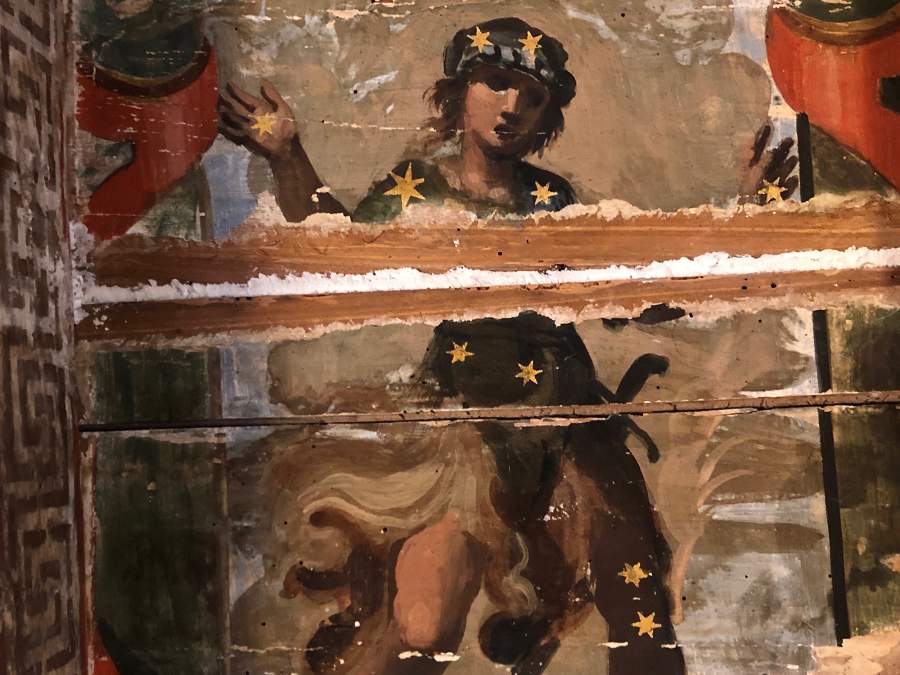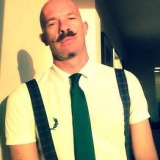
Cento is a small town in Emilia Romagna, in the center of the Po Valley surrounded by fields cultivated as far as the eye can see and a wise vocation on the part of its citizens on how to cultivate them and trade them. This was also the case at the end of the sixteenth century when, at the beginning of 1591, Giovan Francesco Barbieri, who would become a famous and successful painter under the name of Guercino, was born in the city.
Since his death, the painter has been considered a sort of lay saint in Cento, a tutelary deity of the city, not only a citizen to be proud of but truly a municipal pride to be known and loved as a patron. And in fact, this love is the harvest of a sowing that Guercino constantly did throughout his life, starting his activity in the city and then, with the growing fame that would bring him to Rome, returning there whenever possible to leave other works or even to take care of the construction of churches and palaces.
During the twentieth century his greatest scholar, Sir Denis Mahon, undertook a systematic study of the artist, creating a complete catalog of his works, a good part of which are still in Cento.
Thus was born the idea of bringing together the already many cycles of frescoes saved from the destruction of the monasteries in the Napoleonic era and those of the Cento palaces decorated with the first commissions of the artist in the 1710s, such as those of Casa Pannini and those of Casa Benotti-Chiarelli acquired by the municipality of Cento in 2016.
The 2012 earthquake endangered many of Guercino's works in the city's churches, giving the impetus to a first municipal art gallery that would enclose the works to be protected in the church of San Lorenzo and in the Rocca.
In 2020, an exhibition was to be held in order to allow the fruition, after eight years of oblivion, of the works that the earthquake had damaged or made inaccessible, such as the apparatus of the Barbieri Chapel in the Church of the Santissimo Rosario that Guercino himself had designed and for which he had secured the patronage of the second chapel. That decoration is now visible again in its reconstruction thanks to the work of the Centro Studi Guercino that is coordinating the entire museum project.
In parallel to this work, Guercino's frescoes, which had been hidden by a false ceiling since the mid-nineteenth century, came to light: it is the frieze of Casa Provenzali, which Mahon managed to find by climbing down from the barn of the house in 1932.
At the behest of lawyer Cesare Benazzi, the current owner of the house, the false ceiling has been removed and the frescoes restored, showing a very important decoration for Guercino's production, a decoration that also includes a wooden roof painted with representations of all the constellations.
Soon, therefore, an important artistic center focused on one of the most important painters of the Italian Baroque will be added. Cento will have a temple for its lay patron.



